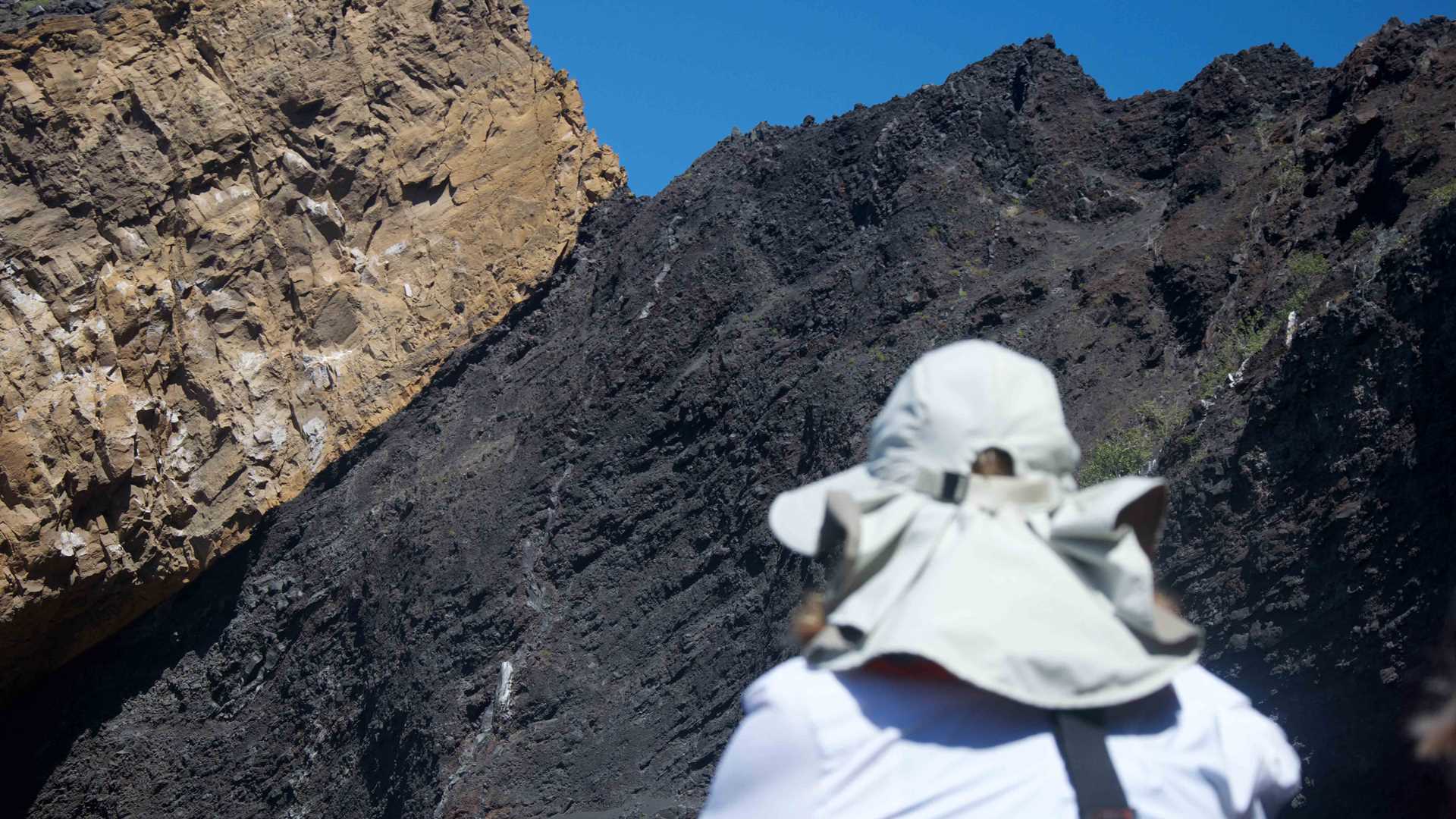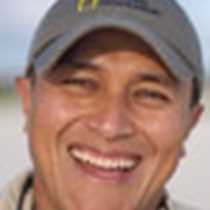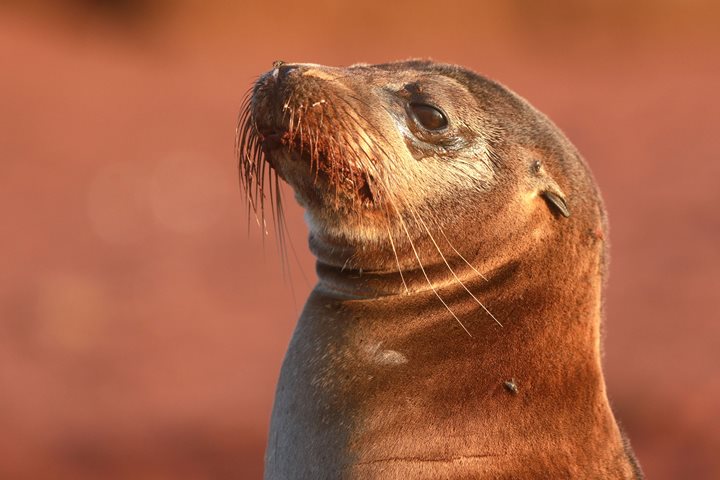Today we travelled to the western region of the Galapagos archipelago. Early in the morning we went to Punta Vicente Roca, a visitor’s site that can only be explored by water, either by snorkeling or Zodiac rides. During our Zodiac ride we enjoyed the impressive geological formations existing in this place. While snorkeling, the abundance of sea turtles gave us a great underwater experience. In the afternoon, we sailed south towards Fernandina Island to visit Punta Espinoza, the only site of this island where visitors are permitted. This site hosts a huge number of species, including marine iguanas and the emblematic flightless cormorant. At the end of the day there is a shared feeling of awesomeness after experiencing the unique beauty of western Galapagos.
- Daily Expedition Reports
- 30 May 2017
Punta Vicente Roca and Punta Espinoza, 5/30/2017, National Geographic Islander
- Aboard the National Geographic Islander
- Galápagos
José Guerrero, Naturalist/Certified Photo Instructor
José Guerrero Vela is an Ecuadorian permanent resident of the Galapagos. His mother was born in the islands and his grandfather was one of the first generation of teachers in the Galapagos, which has always inspired him to promote education as the ma...
Read MoreShare Report
Related Reports
11/23/2022
Read
National Geographic Islander II
Isabela and Fernandina
Our day began with the chance to point out a lot of interesting geological features as we enjoyed Zodiac tours along a massive flank of Ecuador Volcano on Punta Vicente Roca. In the afternoon, we took a sunny walk on Punta Espinoza on Fernandina Island. We spotted many iguanas, and a bunch of sea lions hanging around, too.
11/22/2022
Read
National Geographic Islander II
North Seymour & Rabida Islands
Relatively small and low compared to neighboring Santa Cruz, North Seymour is located to the north of Baltra. The island is dry with predominantly low shrubs, like prickly pear cacti. The incense trees are bare during the dry season. Seabirds like frigatebirds and blue-footed boobies nest on the island, and sea lions rest on the sand when they are not fishing. Land and marine iguanas also live here. Rabida is in the middle of the archipelago and has a striking red sand beach. We observed a small colony of sea lions of all ages resting or nursing. Behind the beach, American flamingos nest in a brackish lagoon. This island is full of contrasts and wildlife that we enjoyed observing during this day of expedition.







